As a Product Manager, we don’t want our products to fail. Let us analyze some of the biggest technology product failures to see why those products failed.
This article covers the top tech failures across multiple categories.
We will go over social networks, phones, TVs, wearables, etc.
The point is to cover a wide variety of product categories to learn the best lessons from each example.
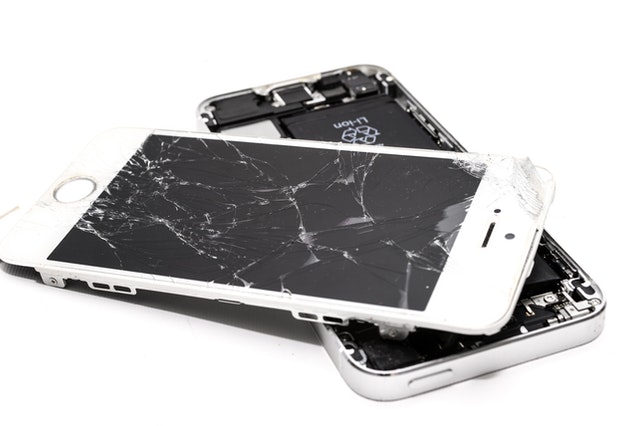
Top 10 Failed Products – List
Here is the list of the top 10 failed products of all time.
- Orkut
- Smart Glass
- Google+
- Amazon Fire Phone
- Segway
- Blackberry
- Luxury Smart Watch
- Foldable Smartphones
- 3D Maps
- 3D TV
- Nokia Smart Phone
Let us now cover each product failure in detail.
This will help us better understand why some very strong products from some very strong companies failed to make a dent.
Different management lessons will be discussed with each different example.
The product market fit is a key underlying concept across all these examples.
Product Failure Examples – Detailed
We will now cover each product failure example in detail.
Orkut
A social network ahead of its time.
Orkut was a popular social network, it was a great product and there was no real flaw as such. However, the target audience was just not ready for it.
Smartphones were not widely popular back then and the concept of “mobile apps” was primitive.
By the time the app industry on smartphones was starting to boom, Facebook had already made a killing.
It is important for any social network to exert authority much beyond its size and scale. But, you still need to reach a decent user base.
Learn how to influence without authority.
Smart Glass – Immense Potential
Lack of a fashion sense is what most people say was the reason for the failure of the smart glasses.
The concept was great and it seemed to solve a real world issue. It promised you information without using your phone or your computer.
But, nobody wants something to look clumsy on their face.
In India, Reliance has recently launched the Jio Glass.
The Jio Glass is meant to be an accessory to facilitate virtual meetings.
For example, the Jio Glass allows people to connect with a holographic projection of someone.
The Jio Glass also allows people to explore presentations in a virtual environment.
Hopefully, the Jio Glass turns out to be a success
Apple is also working on a wearable glass. Let us wait and see what Apple launches. More often than not, Apple has a great sense of fashion. Except when it came to the Apple Watch Edition (more on that later).
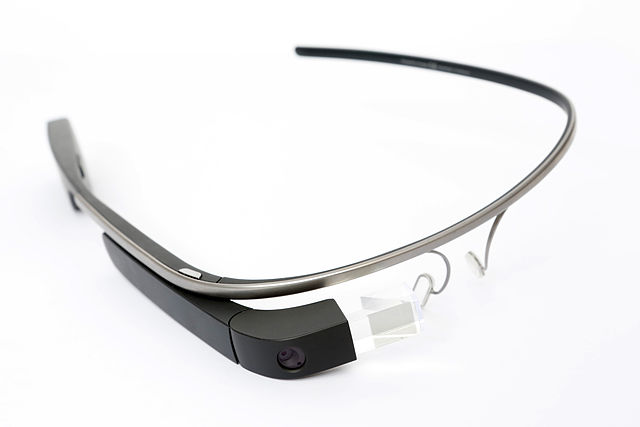
It is important to have a strategy or framework in place before launching a new product.
When planning for your objectives, remember Google’s OKR Strategy.
Google+
Google has a long list of failed products. Lack of focus defines this one. Google+ as a social network never even took off. At least Orkut had a great userbase. Orkut only failed because it was ahead of its time.
But, that was no excuse for Google+. The social network was too complex and only seemed to work as a sign-on service for Google.
Remember to follow the KISS principle.
There was no user connect and the product felt forced.
One could clearly tell that this was a half hearted attempt by Google to take on Facebook.
Facebook does one thing, but does it right. If you are developing a software, make sure you know why you are building it.
Good time to understand the SDLC (phases and examples).
Amazon Fire Phone
Lack of focus is true for this one as well.
The Kindle reader tablet took off because it managed to find a great market fit.
But, the phone entered a crowded market without any real USP.
There was no compelling reason to switch over from an iPhone to an Amazon phone.

It is very difficult to be able to manage wildly different products. Only a few Product Managers are able to do that. Only Elon Musk comes to mind.
Segway – Classic Failed Product
This was supposed to revolutionize personal transport. People were supposed to stop walking. Travelling by a Segway was the future.
Well, guess what. People still walk.
Only tourist and travel groups use Segways now.
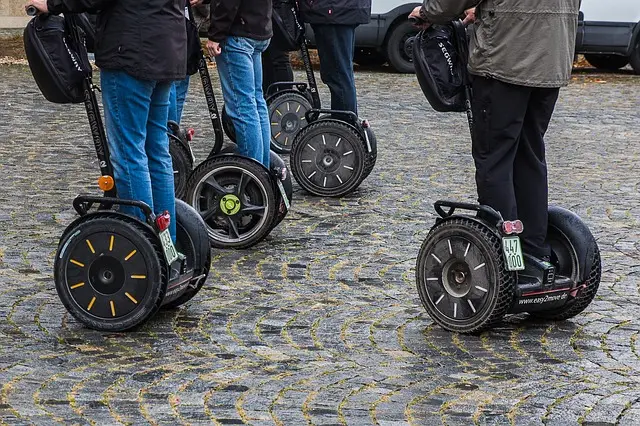
This is a great example of a tool that is absolutely not required.
Check out the top 10 tools for a PM.
Blackberry – Failed Products
These were the iPhones of their times. A Blackberry phone was a status symbol. Everyone who was anything owned a Blackberry.
What happened then? By all accounts, Blackberry became complacent.
Blackberry rested on its laurels and did not take its competition seriously.
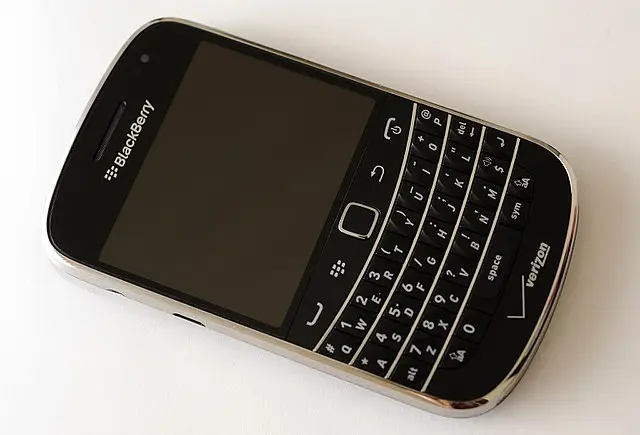
Blackberry was seen as a product for “old executives” and it failed to capture the imagination of the millenials.
It lost the tag of an “aspirational product”.
Agility was probably not the hallmark of Blackberry. It probably behaved more like a Waterfall company.
Learn the differences between Agile and Waterfall.
Luxury Smart Watch
Remember the $17000 Apple Watch Edition? I don’t blame you if you don’t.
It was supposed to be replacement for a luxury Swiss watch. Beyonce was seen wearing it.
But what happened? Did it replace the Rolex? Most definitely not.
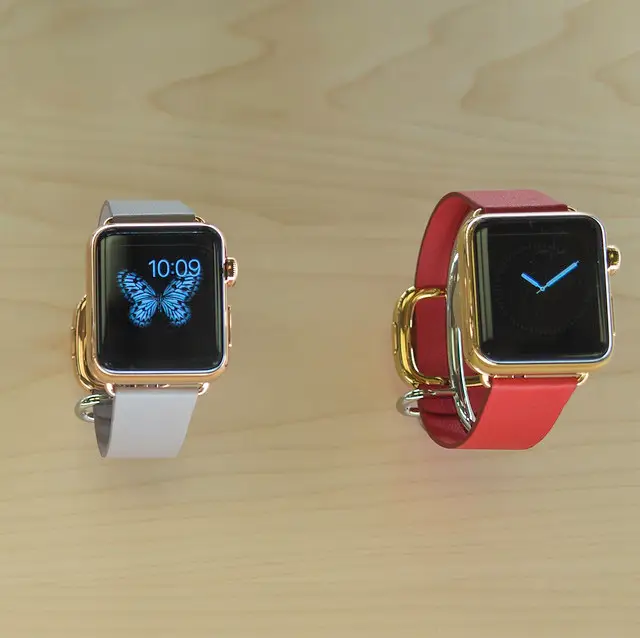
Apple has not had very many failed products in the recent past.
Apple did not clearly understand its target audience. If the goal was to be a luxury watch, then the target audience was anyone who could afford a Rolex.
The next step was to understand the brand appeal and the product appeal of a Rolex. A Rolex does not sell because it has a voice assistant that can make phone calls for you. A Swiss watch is a timeless piece of luxury, a status symbol. This symbol was not born overnight. It took decades to become a symbol of luxury.
Even if this was a great product, it probably was not managed correctly. It probably also was not priced or marketed correctly.
Important to know the following differences –
Foldable Smartphones
Foldable screens have been doing the rounds for a few years now.
Samsung Galaxy Fold was supposed to be the first truly foldable screen phone that was branded as a game changer.
I don’t know anyone who bought that phone.

Why? It simply did not capture the user’s imagination. People simply had no use for a foldable screen.
Plus, the idea of a foldable screen itself sounds flimsy. People drop their phones all the time. I cannot imagine how careful one must be to take care of a foldable screen.
3D Maps – Recent Failed Product
I don’t think anybody really uses the 3D features in any map app. It just feels too clumsy and unnecessary to view the surroundings in 3D.
Also, not sure how many are aware of this, but the 3D feature rarely works in developing countries.
The 3D feature works great in well mapped cities like New York, but not in New Delhi.
There is no clear USP over regular 2D maps. It simply does not have the user scale and data reach to match that of 2D maps.
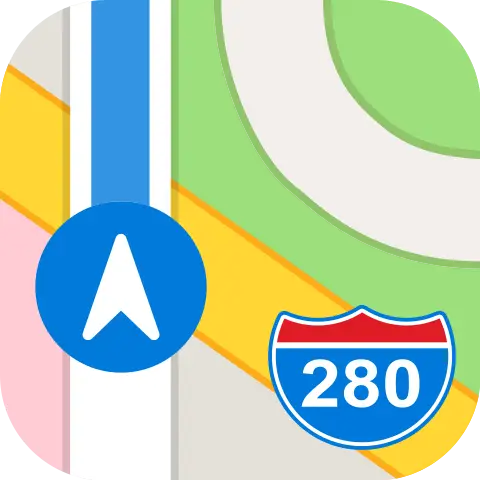
The feature also looks buggy. The developers probably didn’t use Jira to track their defects!
As a Product Manager, we need to have a clear USP in mind. We need to make sure that through out our Scrum or Kanban processes, our focus on the USP is not lost.
Learn the top 15 benefits of Kanban. And the top 15 benefits of Scrum.
3D TV – Failed Products Category
3D TVs were a rage when they were first launced. I bought one too! But the entire category is now a a failed product category.
I was even given “complimentary” 3D glasses when I bought my 3D TV. It was finally time to test the TV out. I was super excited and couldn’t wait to turn my regular movies into 3D movies.
Nothing happened.
The 3D experience was minimal, at best. More often than not, the 3D experience was extremely under-whelming.

There were a few failure reasons at play here.
First, the product proposition was not clear.
It was not immediately clear whether any movie on TV can be converted to 3D or only a certain type of movie can be a 3D movie.
For the longest time, I was under the impression that anything could be magically turned into 3D.
But, of course, that was not the case.
Second, the actual user experience at home was very different from the user experience in a movie theatre.
In a cinema hall, people don’t mind sitting still with 3D glasses on.
At home, that simply does not happen.
People are distracted by a plethora of things and they constantly have to take off their 3D glasses.
Failed products are more often than not a result of failed communication.
To avoid this, learn how to communicate like a Product Manager.
Nokia Smart Phone
I was actually excited by the launch of the Nokia smart phone, coupled with the Microsoft partnership.
The Microsoft UI looked great and the Nokia hardware partnership helped.
But, the phone did not do well.

One reason for the failure was the lack of third party developer interest in creating another version of their apps, after already building them for the Android and the Apple markets.
This was a lost opportunity for Nokia.
Learn how to grab opportunities like Warren Buffett.
Failed Products Conclusion
In the end, success of a product rests on the shoulders of a Product Manager. Equally, if not more important, is the fact that failure also rests on the shoulders of a Product Manager.
That is why it is critical to understand the Product Life Cycle.
At the same time, it is important for a Product Manager to be product agnostic.
A lot of courses available online focus on what is product management. But very few highlight product failures as an example of what can go wrong.
Check out the list of top 9 product management courses.

